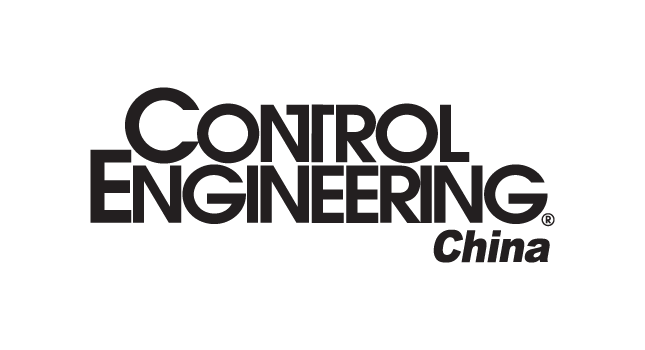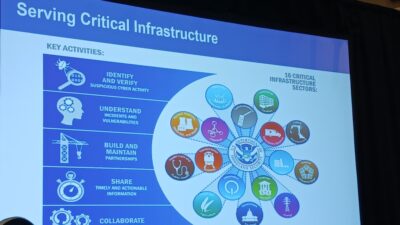International: Just because something can be automated doesn’t mean it should. Pay attention to the details. High-profile mission-critical automation applications and smaller-scale control systems should optimize reliability, safety and efficiency.

Two recent events have created industry debate about appropriate applications of automation. The crash of Ethiopian Airlines’ Boeing 737 Max 8 took place on March 10. In February, Nike’s automated shoe factory officially closed down, resulting in a loss of more than $29 million.
When should a system fail safely?
On an automation level, perhaps the greatest attention in the Boeing 737 accident of Ethiopian Airlines is the initial investigation results, which indicated there might have been a problem with a sensor in the plane. When the pilot realized the data error, the plane did not return control to the human, and the resulting interactions and maneuvers allegedly led to the accident. It was the second time in half a year that a Boeing 737 MAX 8 plant crashed.
Boeing 737 MAX 8 is designed with a bigger and more fuel-efficient engine and a longer fuselage. Because the new design stalled more easily at high angles of ascent, the 737 MAX 8 included a control subsystem to automatically push down on the nose. The maneuvering characteristics augmentation system (MCAS) was designed so measurements from the tilt angle sensor on the fuselage could automatically push the nose of the plane down without pilot input. When a data error in the tilt angle sensor occurred, the MCAS would allegedly still push the nose of the plane down during normal flight without appropriate countermeasures.
Automated shoe manufacturing
Nearly three years ago, Nike placed orders for shoes with a big U.S. electronics contract manufacturer, which had built a fully automated shoe factory.
The contractor worked with shoemaking experts to help improve the manufacturing process. The company hoped to achieve monthly production capacity of one million pairs of shoes, which is a shoemaking industry standard. The applied automation resulted in low yield and a gradual return to manual operations, which did not achieve expected results, leading to the decision to close the factory after two years.
Lessons learned
Was automation overapplied in these situations?
Automation, especially industrial automation, has emphasized the bottom-line factors of reliability, safety and efficiency. No matter how advanced new technology is, it should not be applied in the automation industry if these three requirements cannot be met at the same time. Everyone working in the automation industry has the responsibility to adhere to the bottom line while following those three requirements.
Why did the Boeing 737 MAX 8 air crashes occur, and why did Nike’s automated shoe factory close? Was it a lack of attention to reliability, safety and efficiency? Few catastrophic errors have one cause.
The Boeing incident may require looking at risks in the design and operation of a control subsystem for automatic flight, with possible errors in the interaction of sensors, alarms, and transfer from automatic to manual operation.
In critical applications, redundant and fail-safe designs are often applied. Data collection and comparison are made through two or three sensors at the same time. If there is inconsistency, an alarm will appear and/or the system will switch control to manual operation.
In any automated factory, sufficient thought needs to be given to the application’s economic efficiency and the long-term use of automation.
This is especially evident for intelligent manufacturing, which is a hot trend. Automated installations such as a “lights-out” factory without humans (or very few), fully automated subsystems, and other applications may fail to consider the need for production flexibility, agility, and other changing conditions.
Automated designs need to accommodate flexibility for manufactured products, which can be challenging in a traditional factory mindset. Customization in small batches with multiple varieties will be the main production mode in many future instances.
Stone Shi is executive editor-in-chief, Control Engineering China; Edited by Mark T. Hoske, content manager, Control Engineering, CFE Media and Technology, [email protected].
MORE INSIGHTS
KEYWORDS: Control system safety, automation efficiency
When is too much automation?
Mission-critical systems often include redundancy and fail-safe designs
The need for flexibility in automated implementations should be considered.
Consider this
Will your next automation implementation optimize reliability, safety and efficiency?



